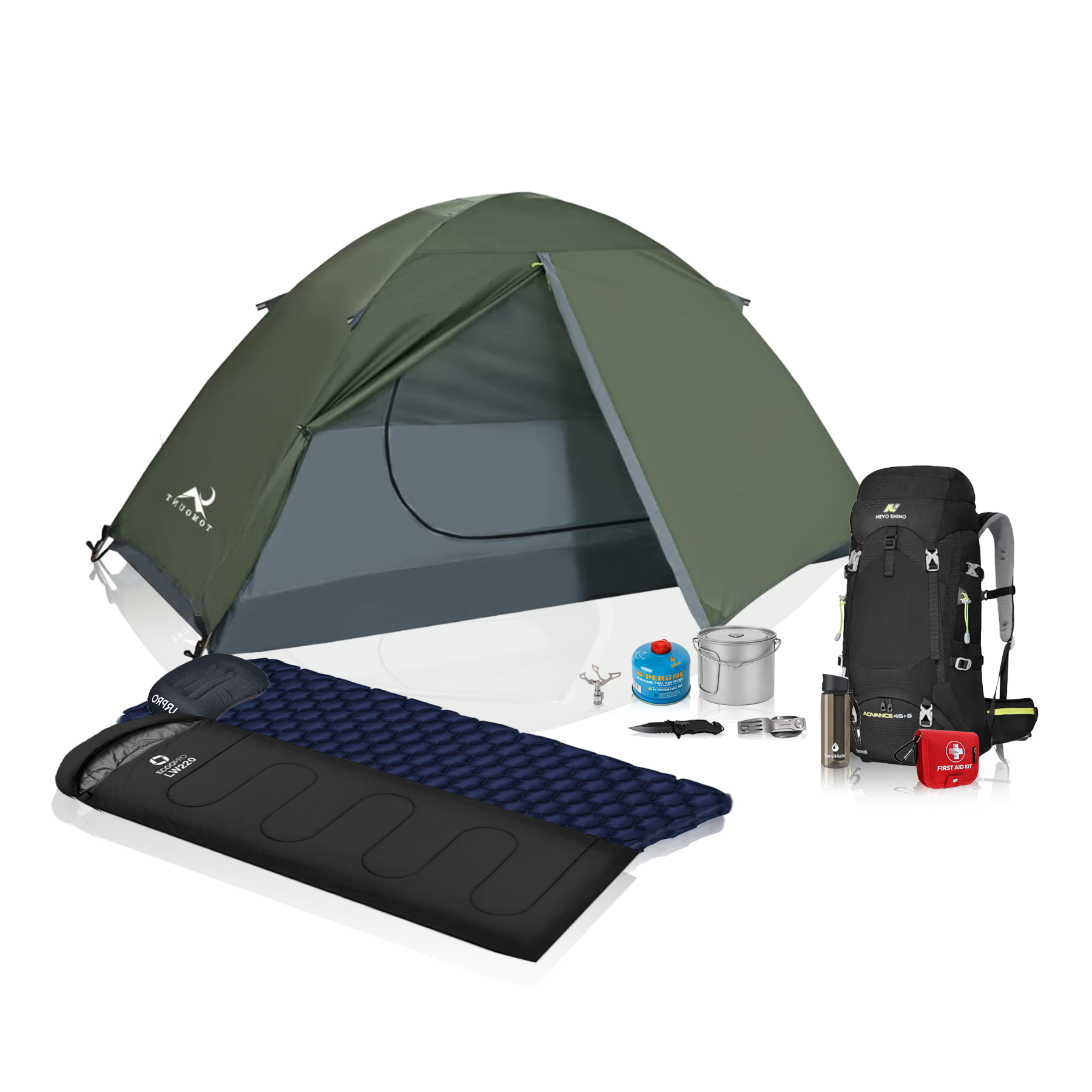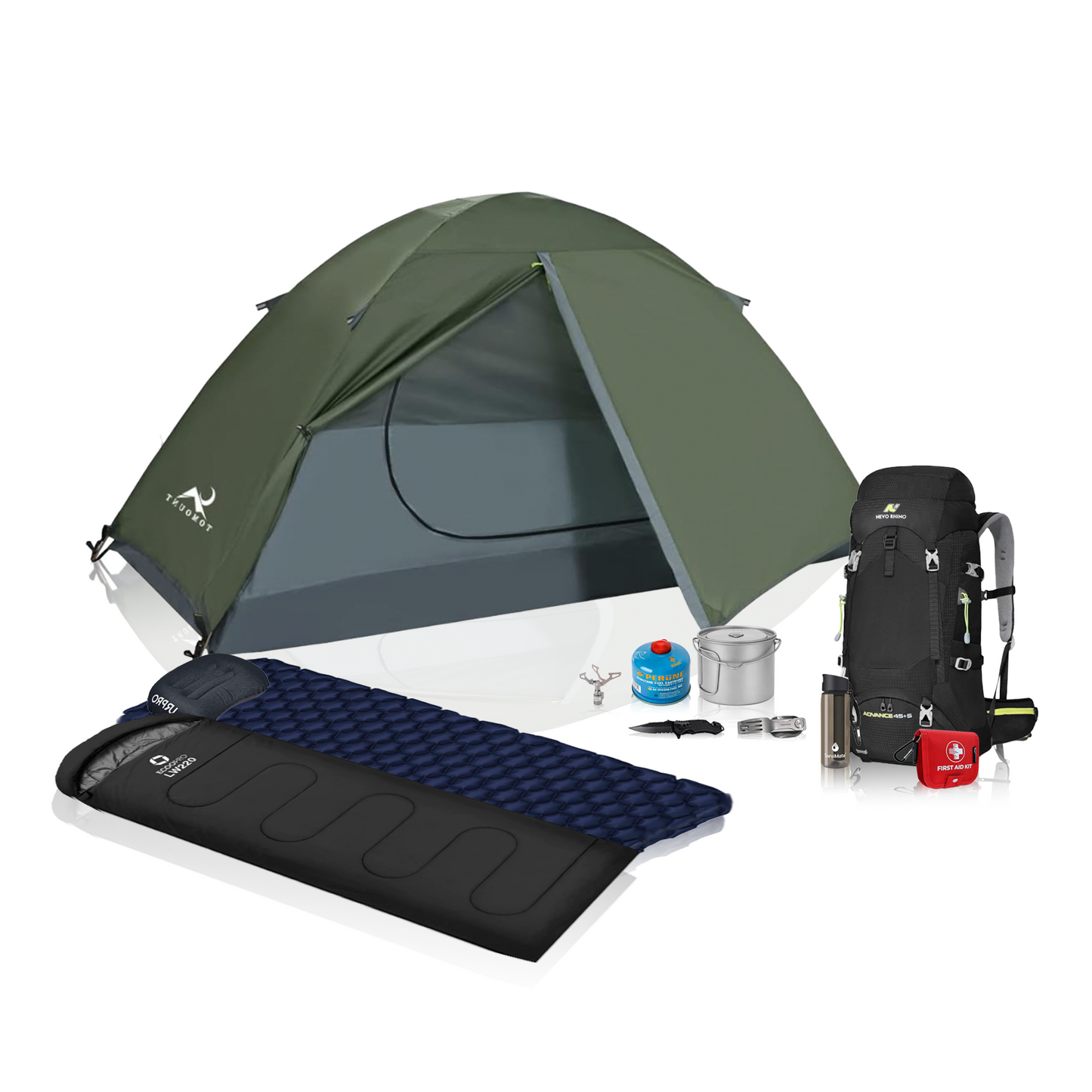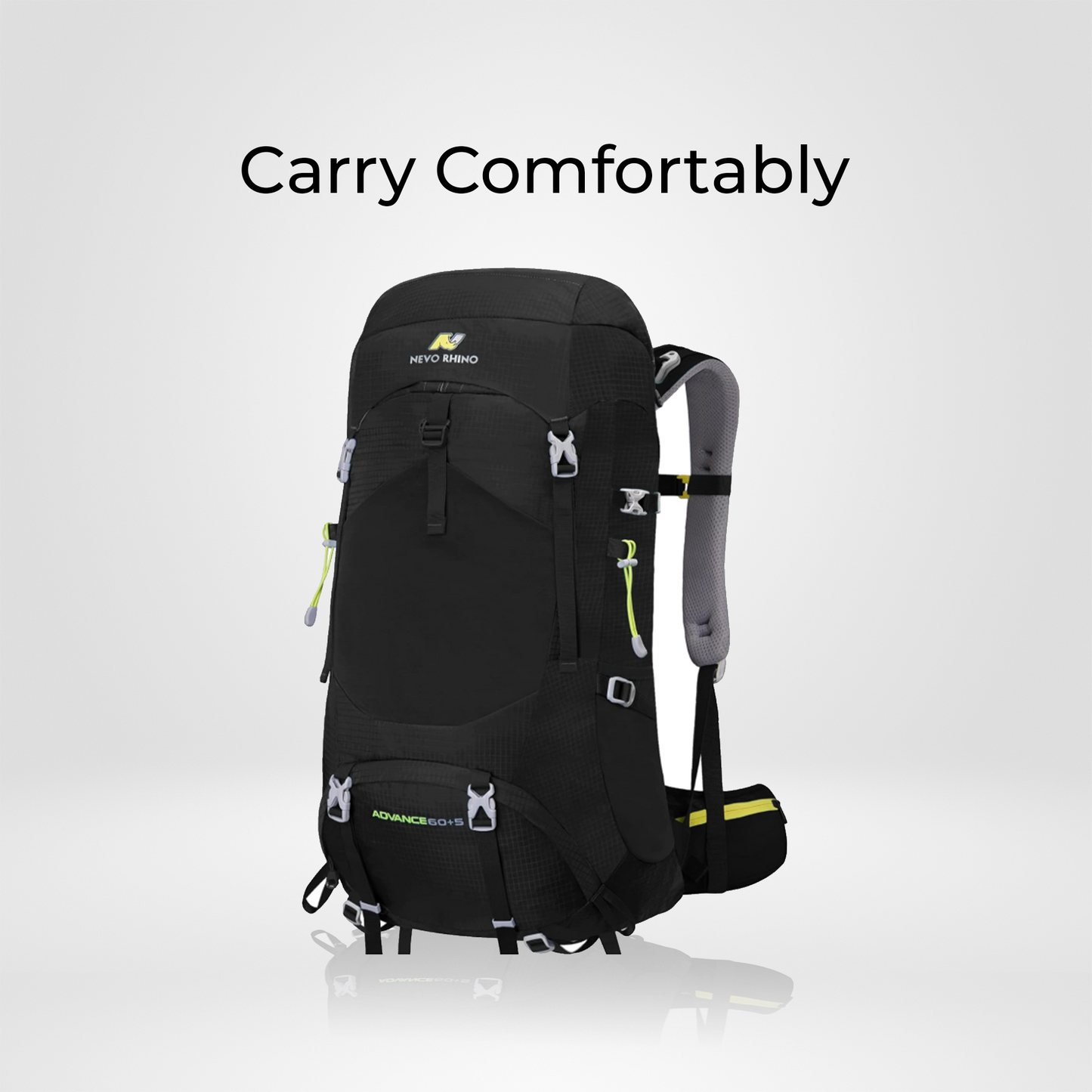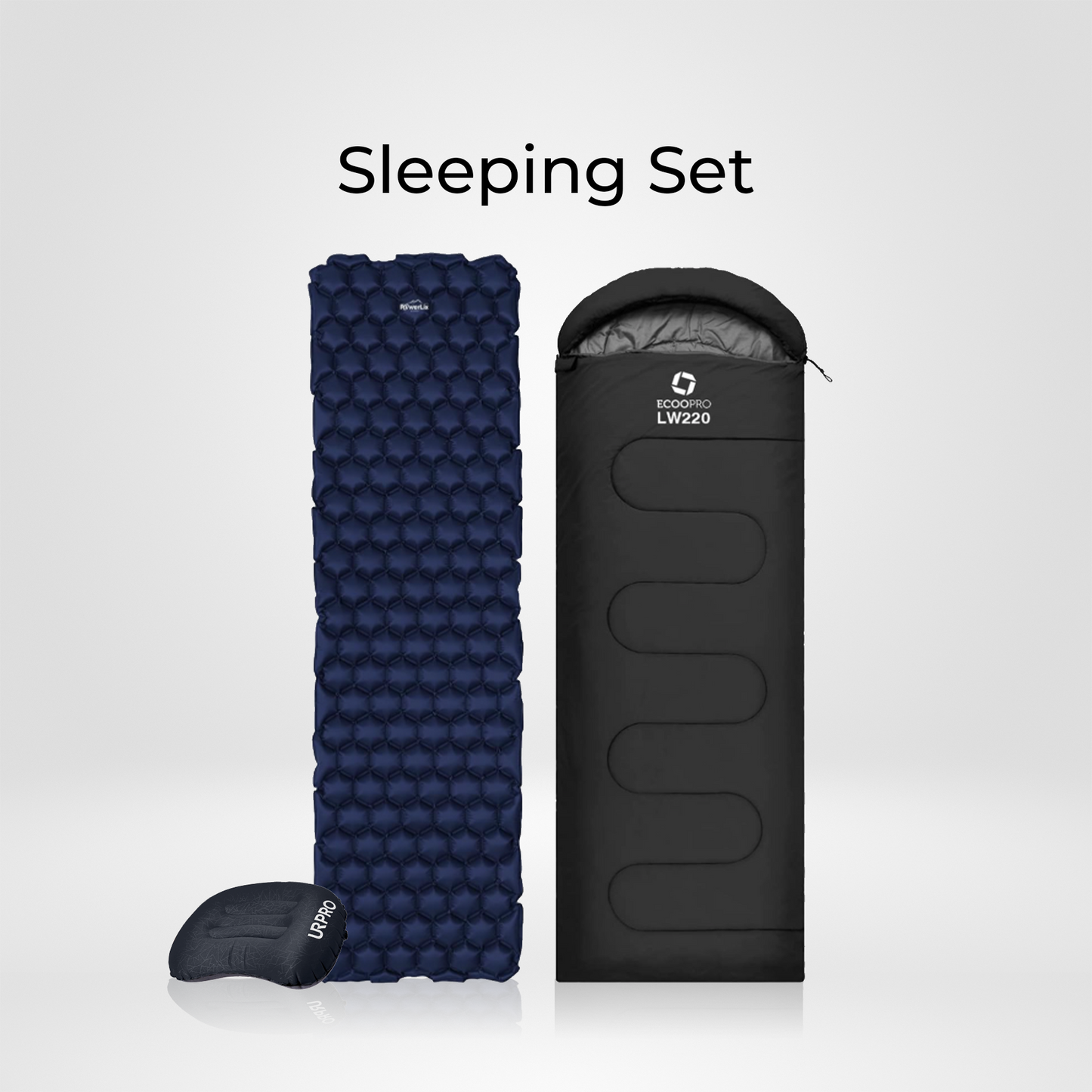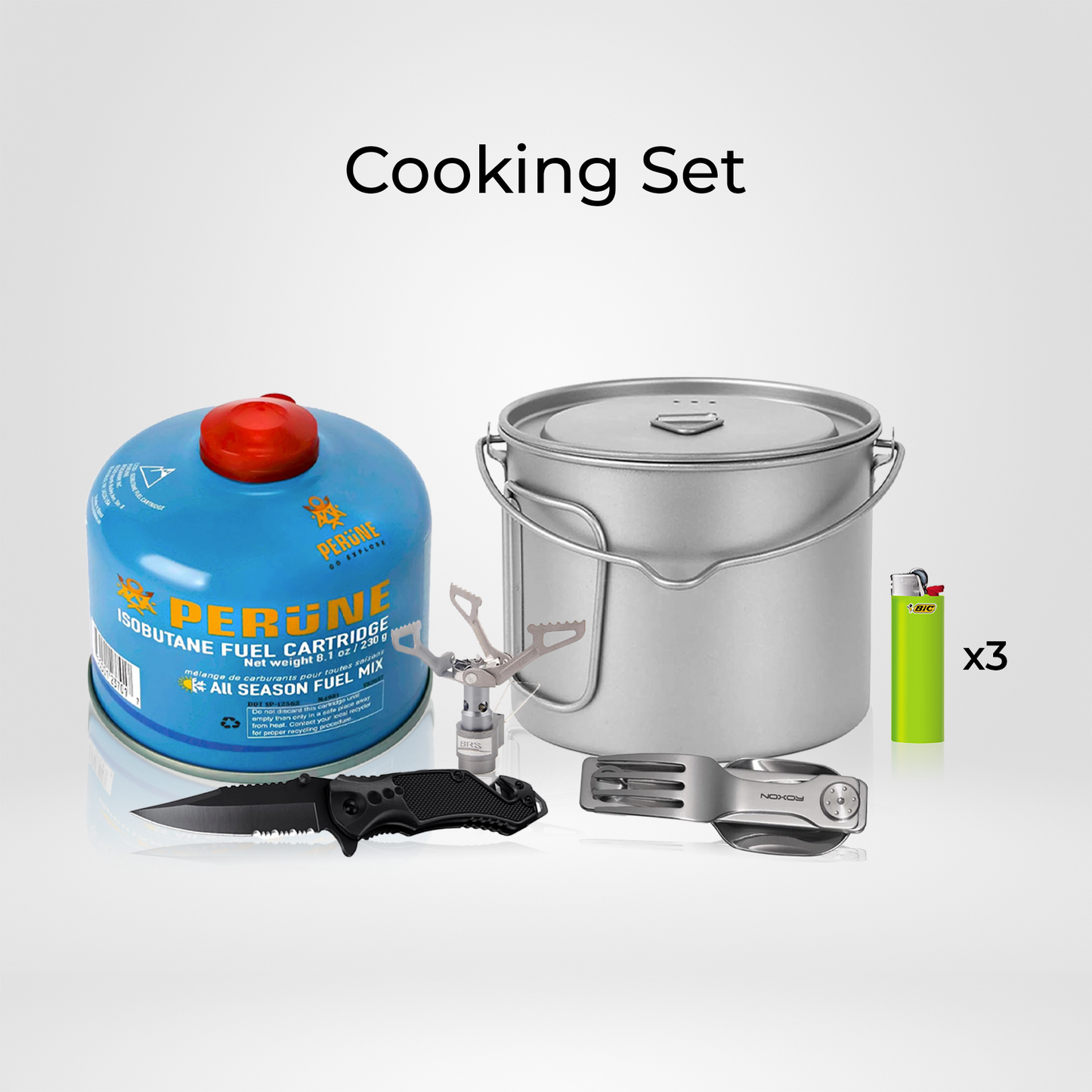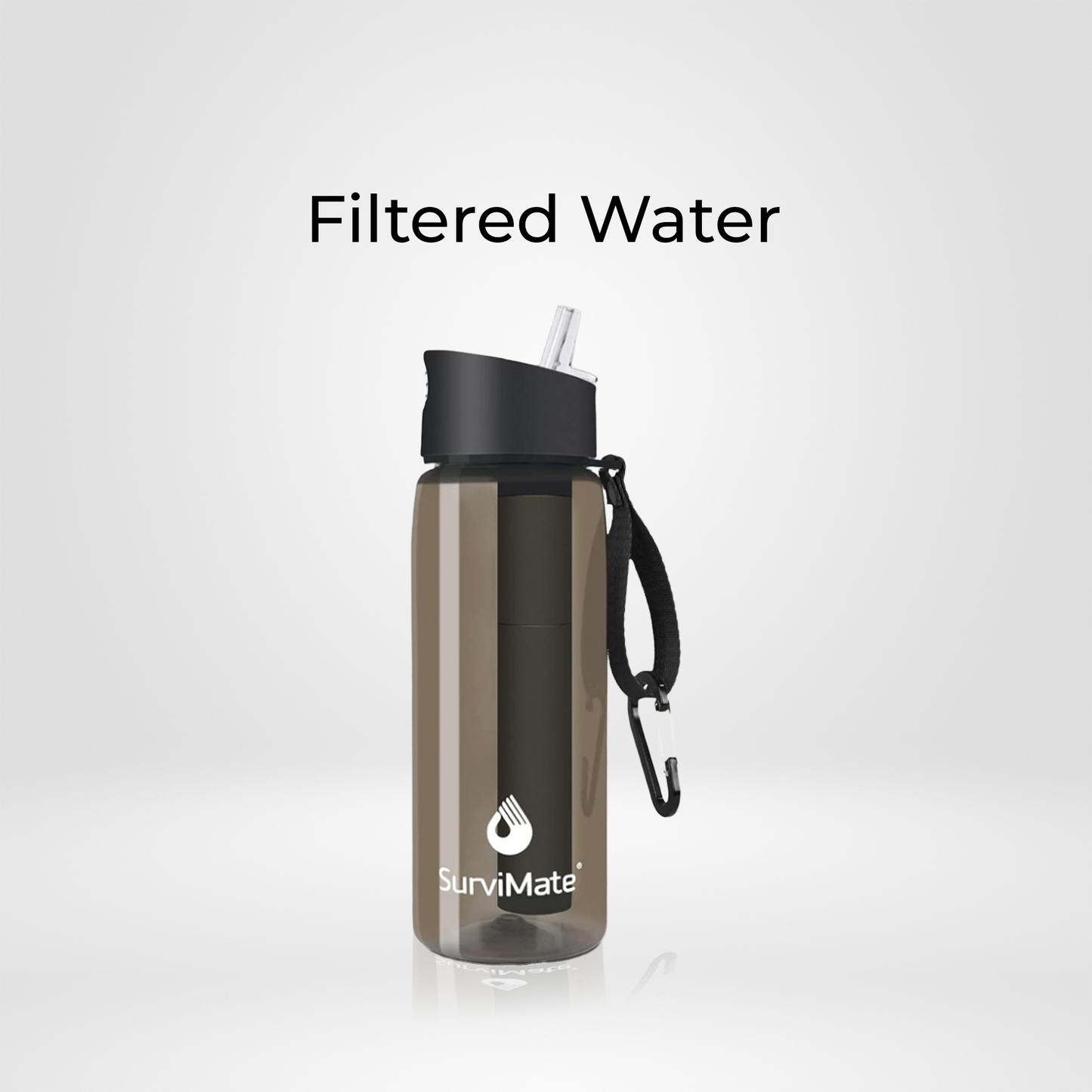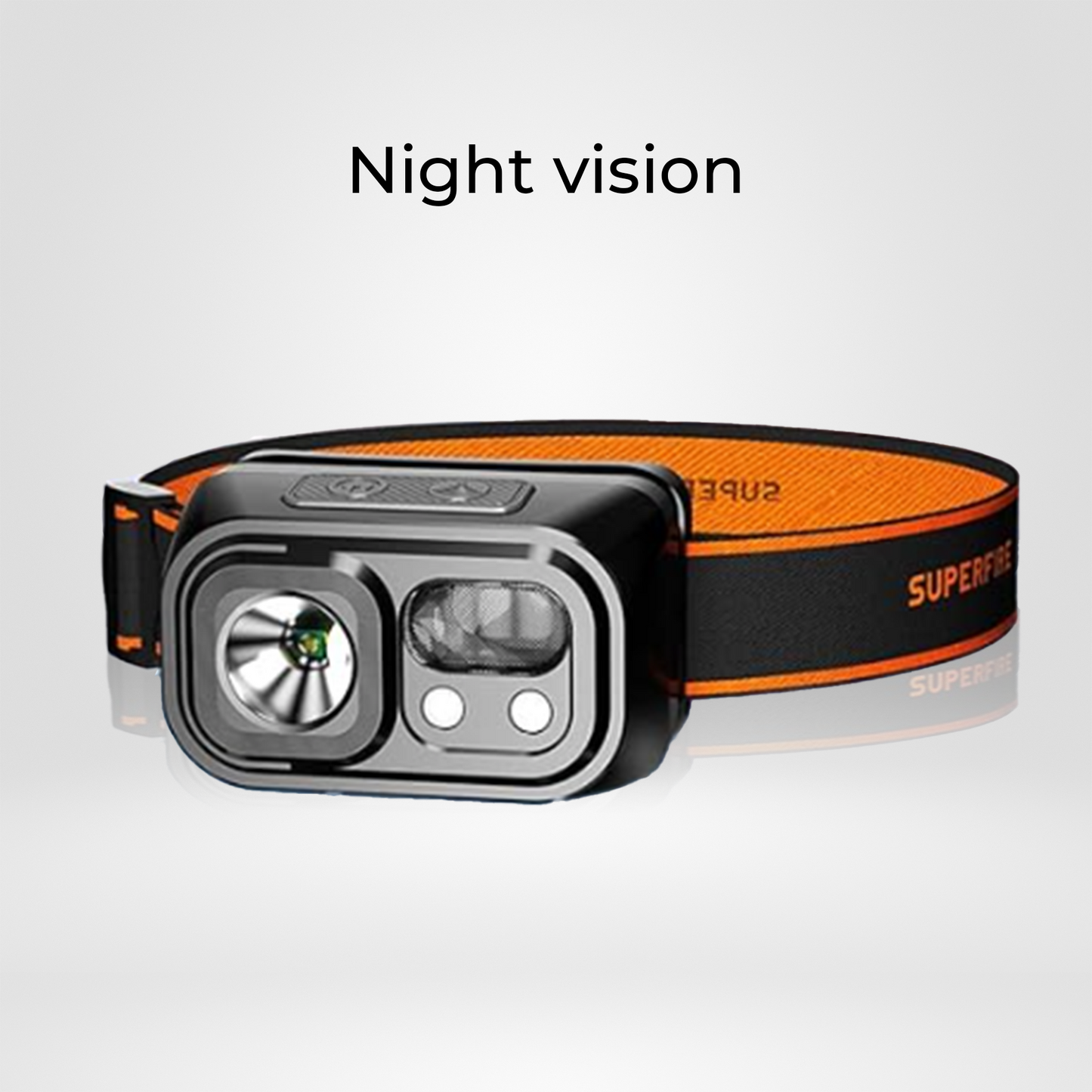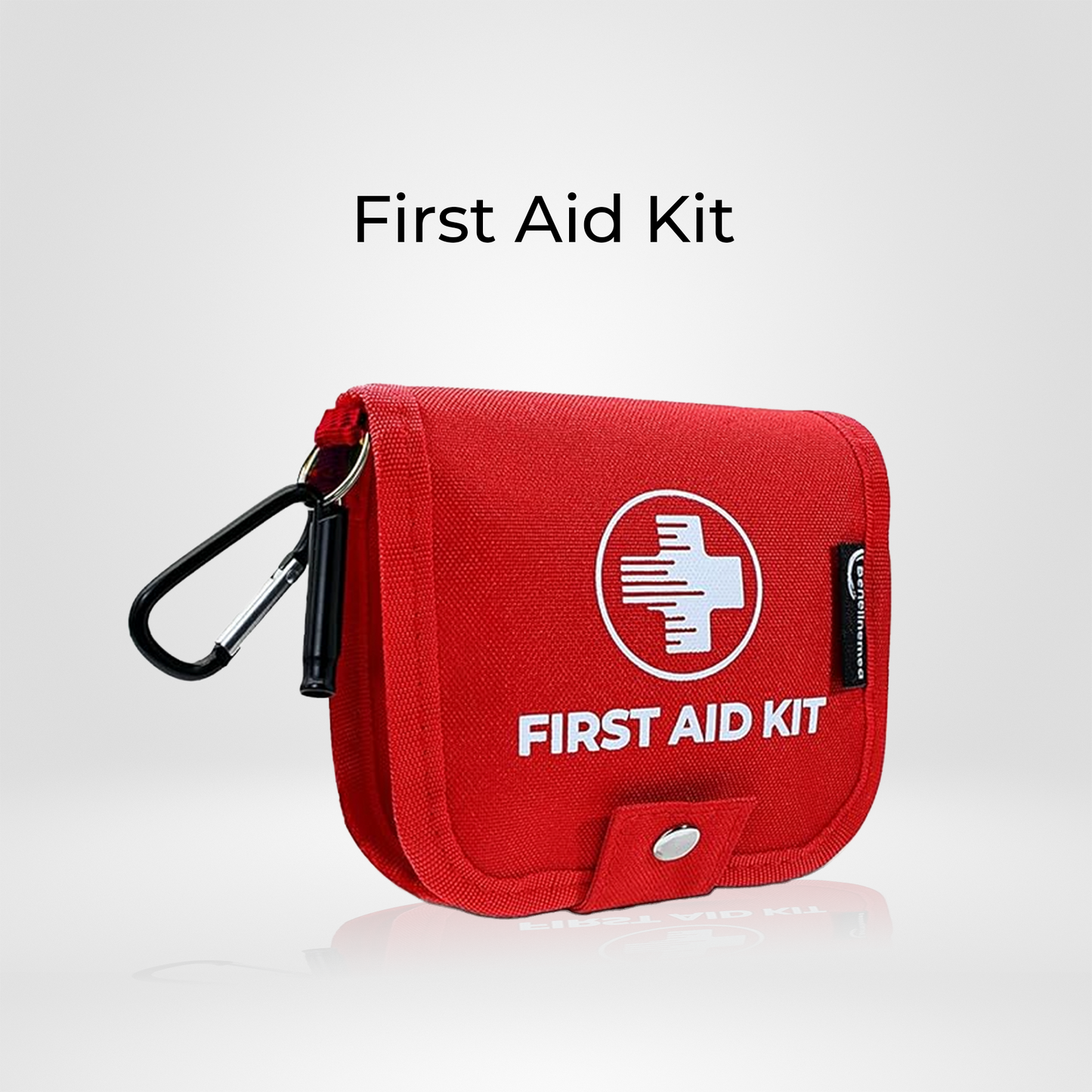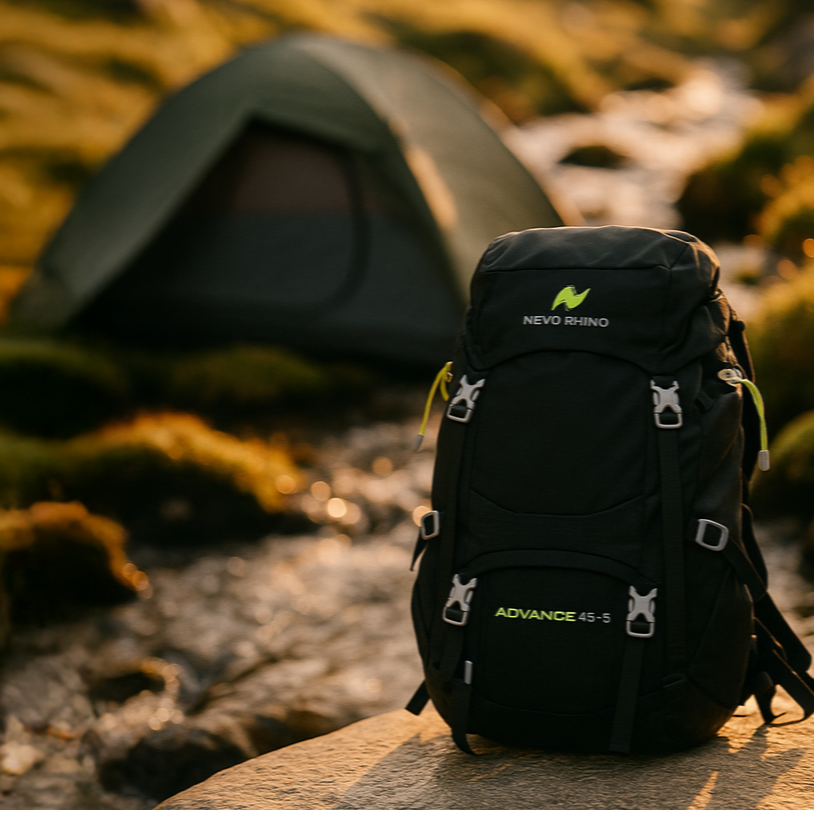
Campfire Cooking 101: How to Eat Like a Pro on Your First Camping Trip
Share
There’s something primal and deeply satisfying about cooking over a fire. The smell of smoke in your clothes, the sizzle of food on hot metal, the quiet of the forest around you - campfire cooking turns a simple meal into a memory.
But if you’re new to camping, it can also be intimidating. What gear do you need? How do you build a fire that lasts? What can you cook that’s simple but still tastes amazing?
Welcome to Campfire Cooking 101 - your survivalist-approved guide to eating well in the wild, without overcomplicating it.
🔥 1. Start with the Right Fire Setup
Before you cook anything, you need a fire that’s safe, steady, and built to last.
How to Build a Campfire for Cooking:
- Use a fire ring or designated fire pit
- Build a log cabin or teepee-style structure
- Use dry wood and kindling (pine needles, bark, small twigs)
- Let it burn for 30–45 minutes until you have hot coals, not just flames
Survival Tip: Cooking over flame will burn food unevenly. Coals are your best friend - they provide steady heat and better control.
🍳 2. Choose Your Camp Cooking Gear Wisely
You don’t need a gourmet kitchen. Just a few solid essentials will do the trick:
Campfire Cooking Essentials:
- Lightweight pot or pan (like the one in the Seventh Step Kit)
- Grill grate or pot stand (Optional - some campsites provide this)
- Spoon / Spork
- Portable stove as a backup (included in your kit)
- Multitool
🛠️ Pro Survivalist Tip: Always pack a backup stove - wet wood, fire bans, or strong winds can make open-fire cooking impossible.
🥘 3. Easy Meals That Always Work
Forget freeze-dried mystery packets — here are a few real meals that are simple to make and hit the spot:
One-Pot Chili
- Canned beans, canned tomatoes, onion, seasoning, instant rice (optional)
Campfire Quesadillas
- Tortillas, shredded cheese, black beans, and salsa
Ramen Deluxe
- Instant noodles + boiled egg + dried mushrooms + hot sauce
Foil Packet Meals
- Wrap chopped potatoes, veggies, and pre-cooked sausage in foil and place in coals
🍴 Don’t overthink it. The best camp meals are:
- One-pot
- Minimal cleanup
- Shelf-stable ingredients
💡 4. Food Safety in the Outdoors
Beginner campers often forget this part — but food safety matters even in the backcountry.
Key Tips:
- Store food in airtight containers
- Keep perishables cold with ice or a cooler if car camping
- Clean your cookware thoroughly — food smells attract wildlife
- Never store food in your tent
🐻 In bear country? Hang your food or use a bear canister, even if it’s just snacks. (also works against rats)
🧼 5. Don’t Skip Cleanup
Leftover food can lead to more than just a mess — it can ruin your gear, attract animals, and make your campsite unsafe.
Always pack:
- Trash bags
- Ziplock bags for leftovers
And follow Leave No Trace principles. The wild gives you the view — respect it in return.
Campfire Cooking Is Simpler Than You Think
You don’t need to be a chef to eat well outside. All it takes is a little planning, a few reliable tools, and the willingness to try.
Your first meal outdoors shouldn’t taste like compromise. It should taste like freedom.
Take the Hassle Out of Camp Cooking
The 7th Step Starter Kit comes with a lightweight, field-tested camp stove, mess kit, utensils, and fuel - everything you need to cook on your first trip without relying on fast food or expensive gear.
Don’t waste time figuring it all out the hard way.
→ Grab Your Starter Kit Now and get cooking with confidence.
Because a warm meal in the wild? That’s survival done right.
